A science laboratory is a place of high precision measurements. There are instruments like vernier calipers or screw gauges to measure length, high-precision timers to measure intervals, and volumetric measuring glassware to measure liquids. But when you need to measure the mass of something tiny, you need precise digital weighing balances. Today, we will tell you what is an analytical balance and why we use it in laboratories.
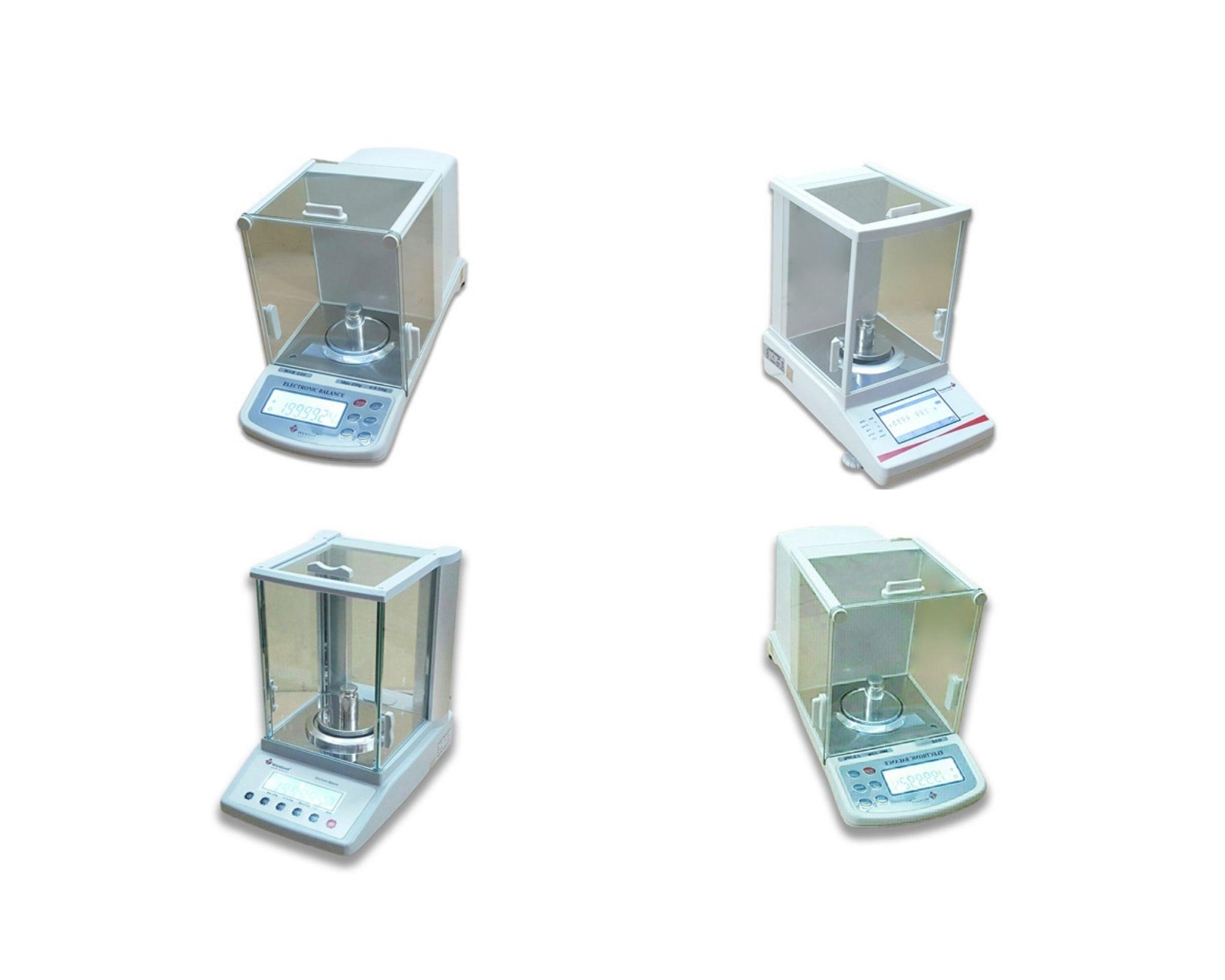
What is an Analytical Balance
Analytical balances are high-precision high-sensitivity laboratory equipment that are capable of measuring even a tenth or a hundredth of a milligram. They are so sensitive to pressure on the plate that even changes in air pressure can disturb them. This is why often the weighing area of an analytical balance is boxed in a glass cubicle.
Analytical balances are used in laboratories to measure very fine amounts of solids. Suppose, you need to make a 5% Copper Sulphate solution. That means, by weight, there would be only 5 units of CuSO4 diluted in 95 grams of demineralized water. Let us say, you need precisely 10 ml of 5% CuSO4 solution. Then, you would have to measure up precisely 526.3 mg of copper sulphate and dilute it all into 10 ml of DM water. This example is generally not required, but in pharmaceutical labs and other biochem laboratories, this and even higher precision are often required.
Features of Best Analytical Balances
A good analytical balance should have precision ranging from 0.1 mg to 0.01 mg. They should have a drought shield or glass weighing chamber around the balance plate, with doors to use the chamber. Precise footing is extremely important for such high-sensitivity digital weighing machines, so they should have finely adjustable feet and a level indicator.
An analytical weighing balance should not need to measure any large amounts of weights, but around 100-200 grams capacity is expected. Generally, Labkafe sells Wensar balances which have from 200g to 300g capacity.
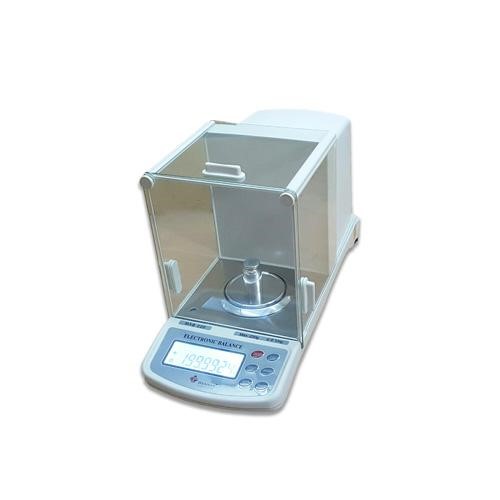
Other functions of an analytical balance may include:
- Counting: to measure the number of similar small light items (like tablets) in pharmacy and microbiology laboratories. You can just measure one and then dump a bowl full of them on the machine ‒ it will tell you how many of the similar items are in the bowl.
- Dynamic Weighing: to weigh unstable samples like liquids, or small live specimens like insects. They won’t necessarily stay still; but this function can still take a measurement.
- Percentage Weighing: great for quick formulation of solutions and mixes (like the example above). Instead of figuring out how much copper sulphate you need for 10 ml of 5% solution and then weigh it, you can just weigh 5% for a 10 ml solution.
- Accumulation: allows you to measure masses above the measuring capacity of the balance. You can just separate the sample in manageable installments and weigh them one by one, and this function will add up the weights and give you the final result.
- Display: large display with backlight function is great for easy readings in an analytical balance. Sometimes they come with multiple languages and clock functions as well.
- Printing: sometimes it is necessary to print out ISO grade weight reports, or similar formatted weighing information. A built-in print handler with an USB interface works great in such requirements.
- Calibration Weight Set: These electronic weighing apparatus are very delicate and need to be calibrated often to mitigate any weathering or ageing effects on the machine. A calibration weight set is often supplied with the balance for this reason; you can also buy them separately.
- Automatic Calibration: Some high-tech analytical and precision balances come with an internal automatic calibration technology, which allows you to quickly calibrate the balance for daily usage.
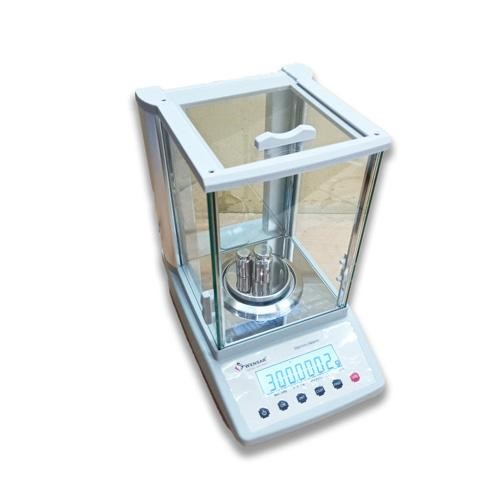
Precautions While Using Analytical Balances
Analytical balances are very sensitive, fragile equipment. As such, they need a lot of coddling to work properly. The following guide can help you to use analytical balances as intended, with good, reliable results.
- Place the balance in a neutral zone ‒ there should be as little airflow, foot traffic, and electromagnetic radiation as possible.
- Operate the balance while on an anti-vibration table only. Because, even your own footsteps can affect the result.
- Do not place the balance close to air conditioner vents, windows, doors etc. where environmental changes are frequent.
- Earth’s gravity is not the same everywhere, neither is the magnetic field. So you need to calibrate analytical balances every time they move a substantial distance.
- Calibrate the balance often and regularly to ensure there is no ageing or weathering effect in the readings. If the balance has an internal auto-calibration feature, use it every day before starting work, and make a manual calibration with a weight set once a month.
- Be extremely careful when cleaning the balance. Make sure there is no residue left on the plate (pan). Calibrate after cleaning to make sure nothing has changed.
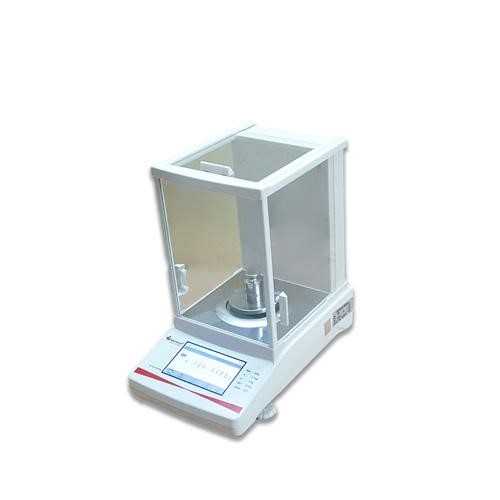
What is the Difference Between Analytical and Precision Balance
A precision balance is also an instrument of precise measurement. However, they are not as precise as an analytical balance. To clarify, a precision balance can measure down to the milligram level, but no less. However, analytical balances are useful when you need to measure more precise weight readings like 0.1 mg or 0.01 mg.
Most precision balances do not need special setups to use them. You can just plop one down on the lab workbench, plug it in, and you’re good to go. But analytical balances are a lot more demanding if you want them to work properly. First of all, they will need to be a dust-free area where there are no air currents or vibrations. Secondly, they often need to be placed on anti-vibration tables to nullify even the most minute vibrations coming through the floor (yes, even walking can set it off).
Visually, there may not be much difference between electronic precision balances and analytical balances used in laboratories. But the analytical balance will always have a sturdy large box on top of the pan, which may not be as big or serious-looking with precision balances. Precision gold balances may even have no drought guard or just a small bowl to guard the air intervention.
To sum up, both analytical and precision balances are important in a chemistry lab equipment package. You can find quite a few of them in Labkafe’s stock, contact us today!

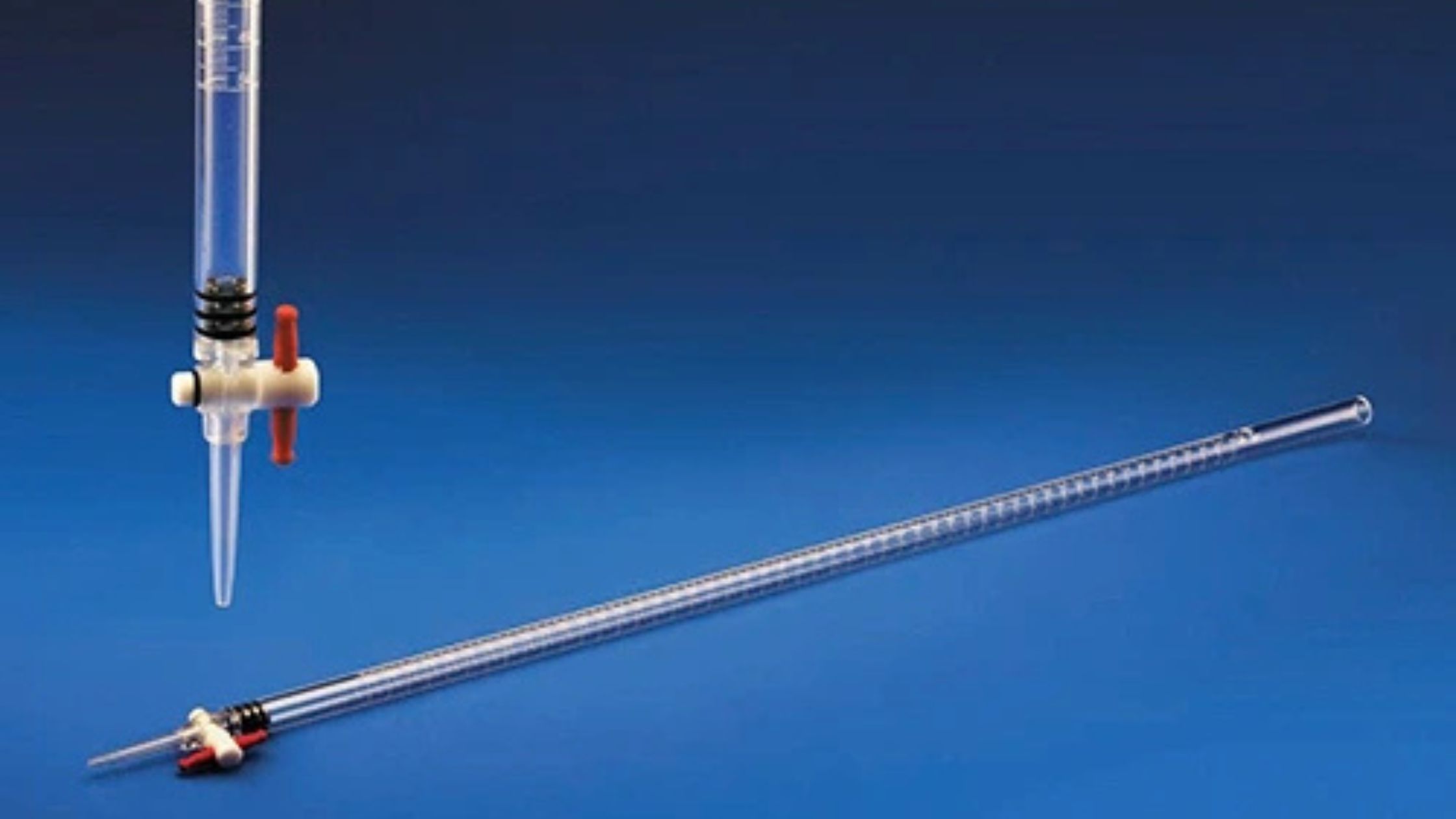
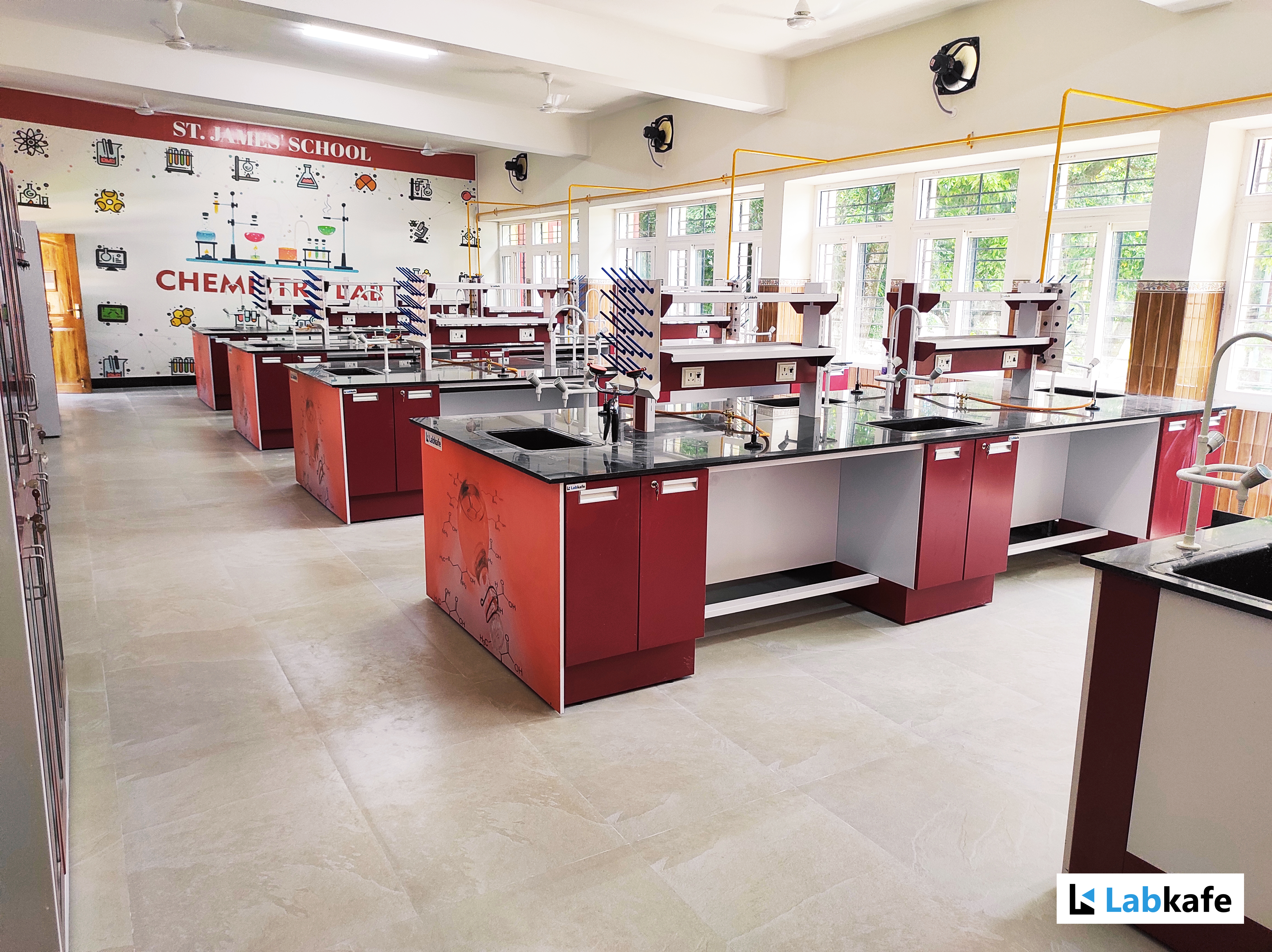

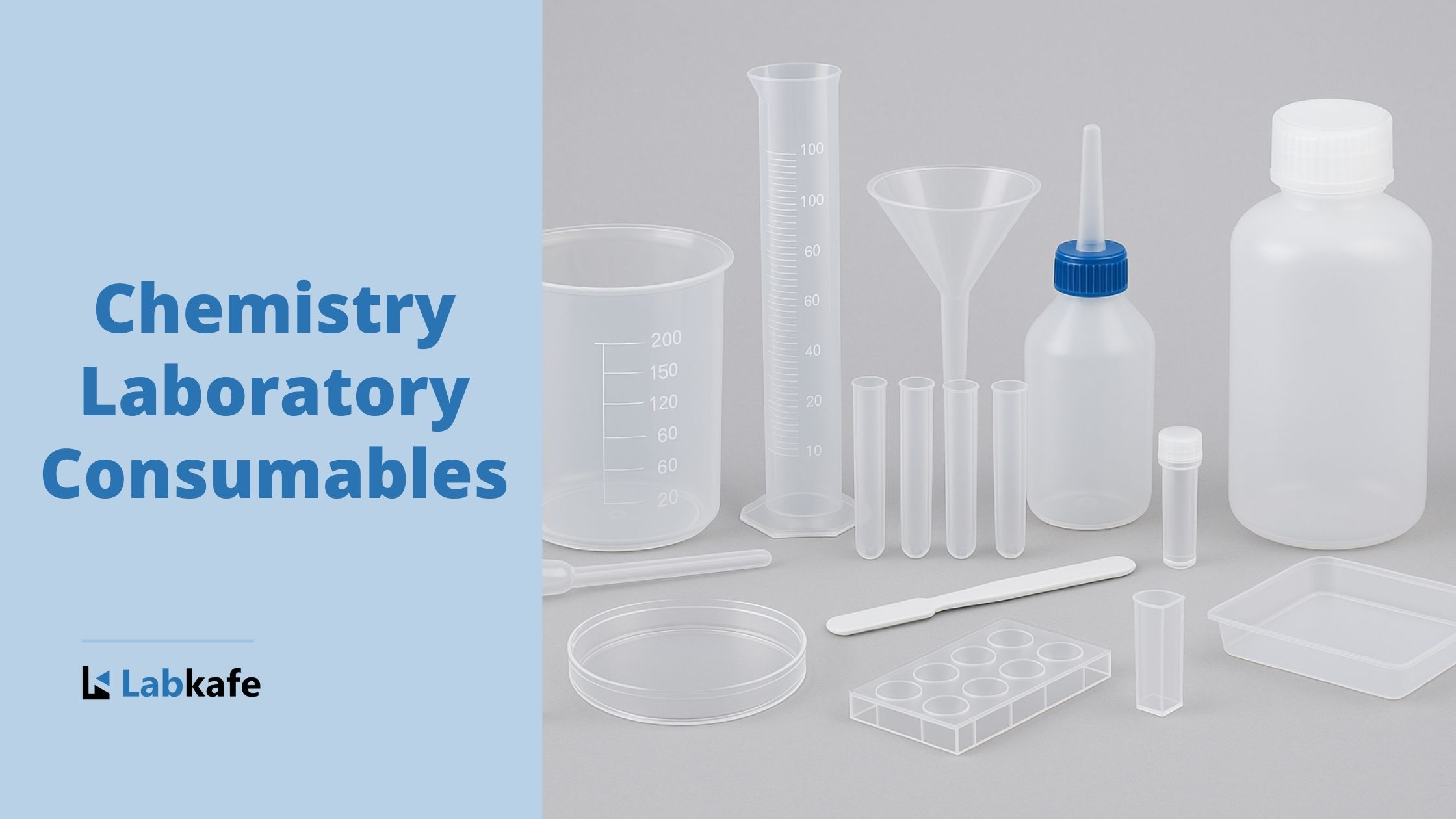







Leave a Reply